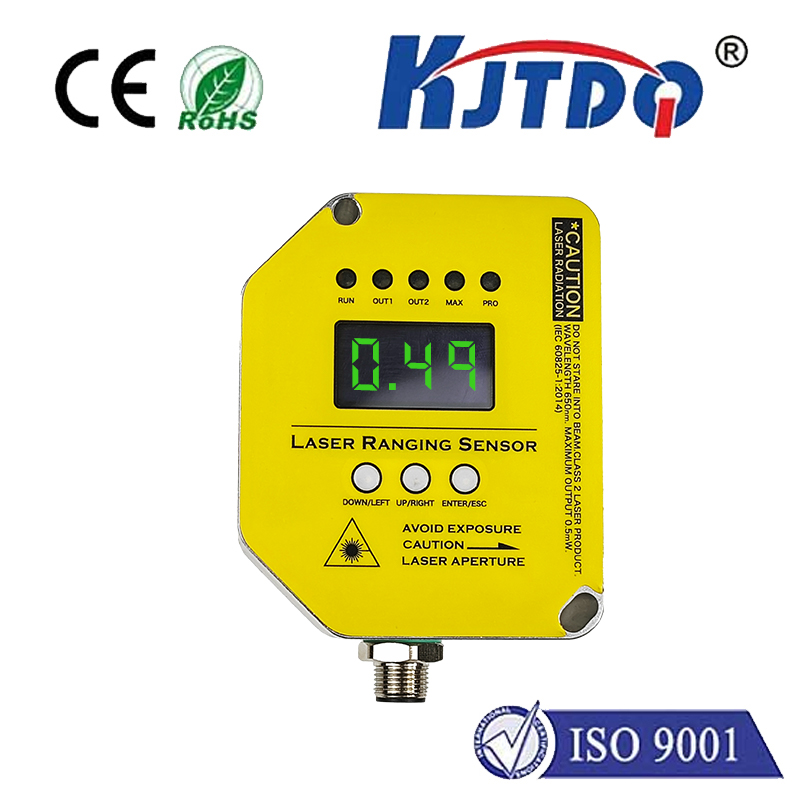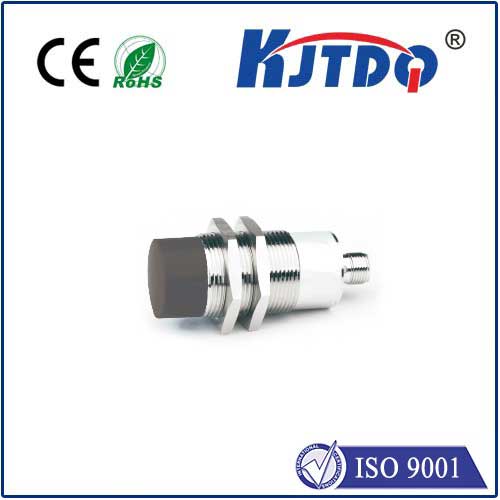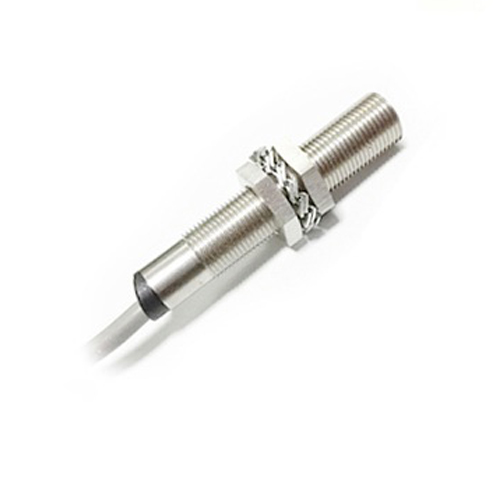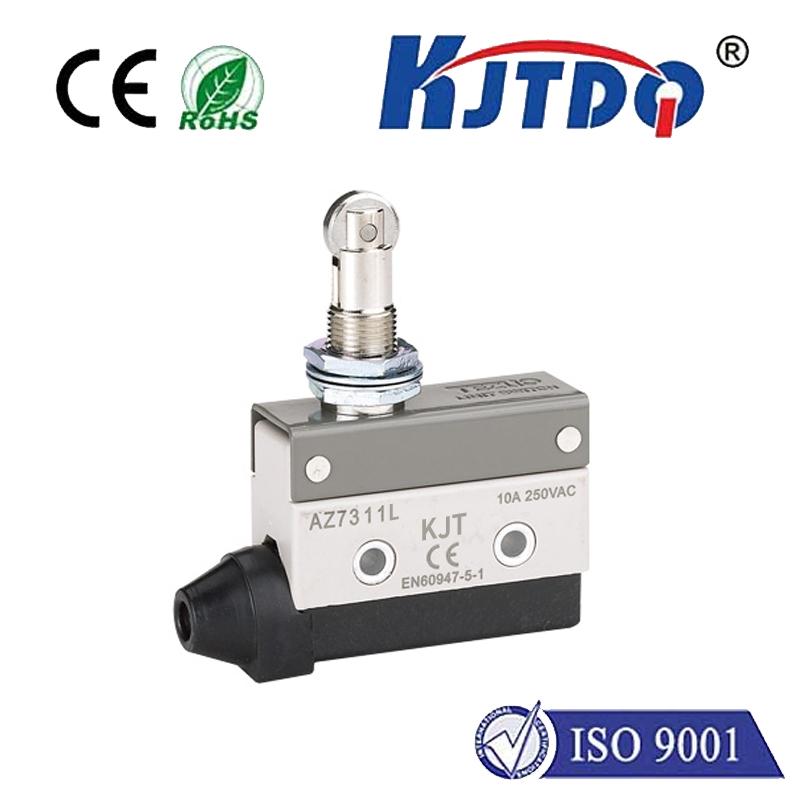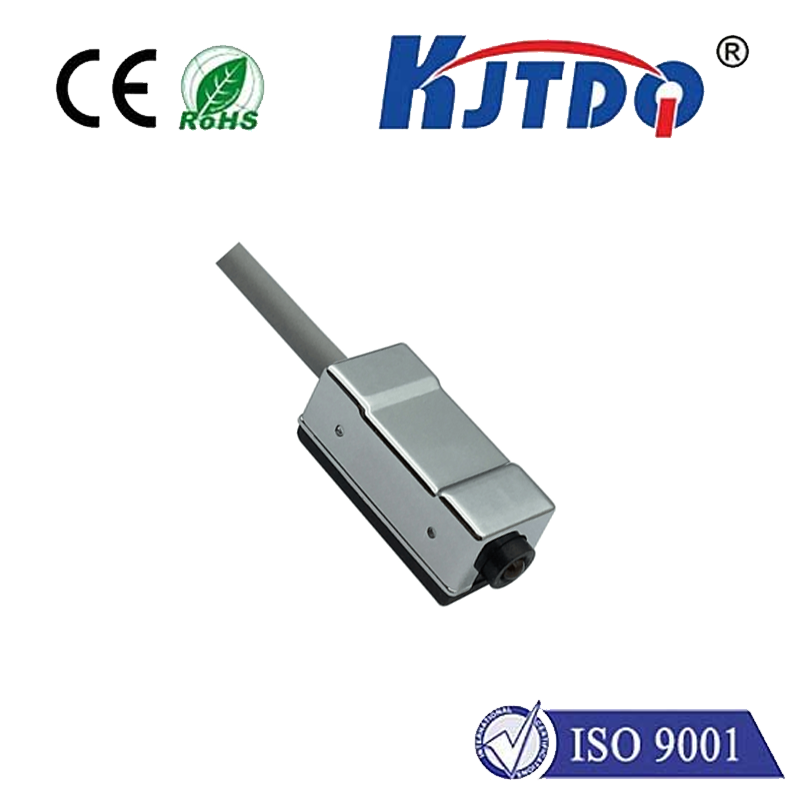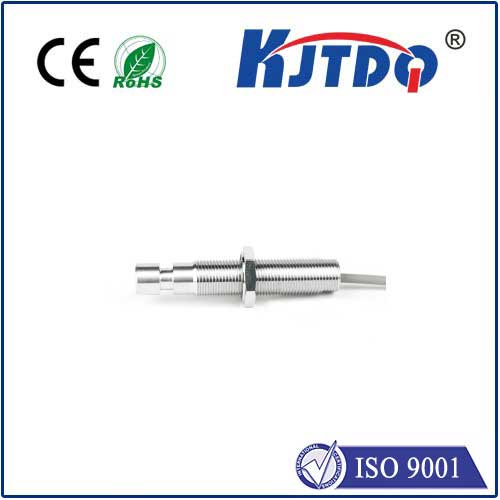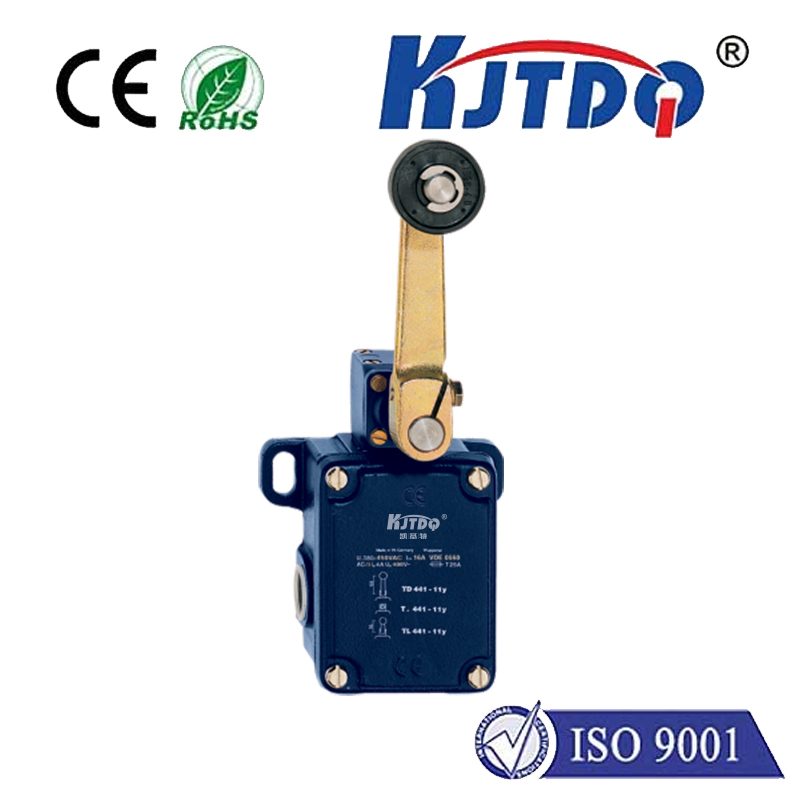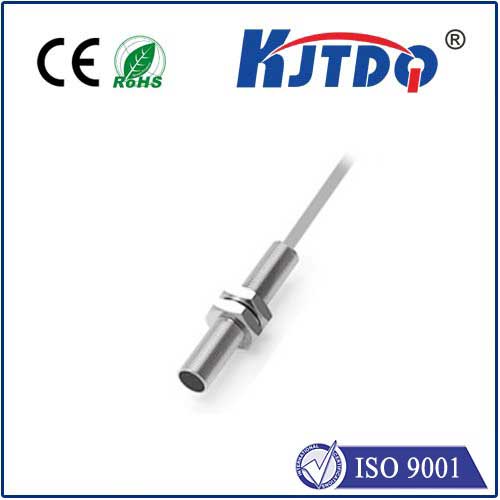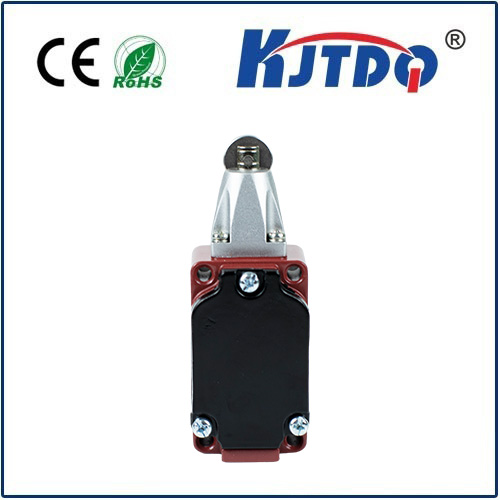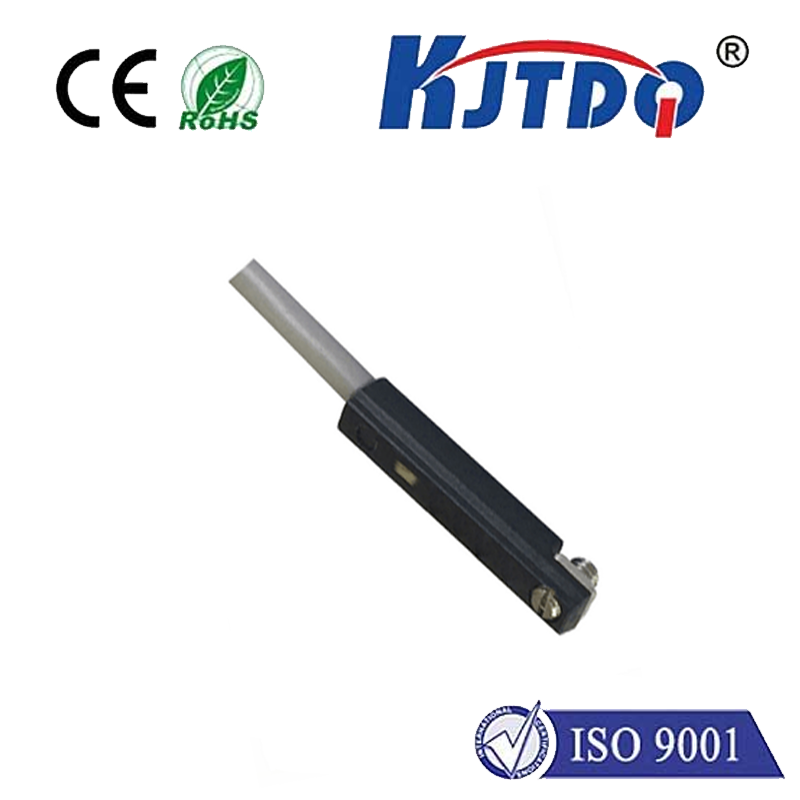

check

check

check

check

check

check

check

check

check

check
Title: Understanding the Laser Light Receiver Sensor: An Intriguing Technology
Lasers have revolutionized a wide range of fields, from medicine to manufacturing, thanks to their ability to produce highly concentrated beams of coherent light. The laser light receiver sensor is one such technological innovation that capitalizes on this unique property of lasers. This article aims to provide an overview of what this sensor is, its applications, and how it works.
The Laser Light Receiver Sensor Defined:
A laser light receiver sensor is a device designed to detect and measure changes in the intensity or position of a laser beam. These sensors are integral components in many systems requiring precise detection and measurement, making them crucial for industries like robotics, quality inspection, automotive, and defense.

Applications of the Laser Light Receiver Sensor:
Within industrial automation, laser light receiver sensors play a pivotal role in machine vision systems, where they help in accurately identifying the position and movement of objects. They are also used extensively in alignment systems, ensuring that components are placed with exactitude during manufacturing processes. In the automotive industry, these sensors enable advanced driver assistance systems (ADAS) by measuring distances and detecting obstructions. Furthermore, in the military domain, they aid in targeting systems and surveillance operations due to their precision and reliability.
How Does a Laser Light Receiver Sensor Work?
At the heart of a laser light receiver sensor lies a photodetector which converts the incident laser light into an electrical signal. When a laser beam is directed at the sensor, it interacts with the photodetector, causing a proportional electrical response. This response can be further processed to extract information about the characteristics of the received light, such as its intensity, duration, and even the presence or absence of the beam itself.
Advantages and Considerations:
Laser light receiver sensors offer numerous advantages including high speed, accuracy, and immunity to environmental factors such as dust and smoke. However, considerations must be taken into account regarding the wavelength of the laser being used, as different sensors may be more efficient with specific wavelengths. Additionally, potential challenges include maintaining consistent performance over extended periods and dealing with potential interference from other light sources.
Conclusion:
The laser light receiver sensor stands as a testament to the innovative use of laser technology. Its diverse applications across various sectors highlight its importance in enhancing precision and efficiency. As research and development continue, we can expect advancements in these sensors that will further optimize their performance and broaden their application horizons. The future promises exciting possibilities for this intriguing technology, shaping the way we interface with our environment through light detection and control.
